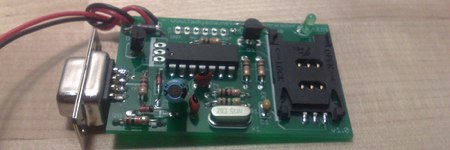
[tnkgrl] is back with part three of her Acer Aspire One hacking. This time she’s adding in 3G. You may look at the picture the above and think, “Cake. She just plugged the card in”. No, the Acer doesn’t ship with the mini-PCIe slot or the SIM card holder. First you have to solder a right angle mini-PCIe connector to the board pads and bridge two others to provide power. The SIM holder was another problem. She wasn’t able to find a pin compatible one. The one she installed is mounted to a riser so she could change the wiring order (let her know if you can find the correct part). This mod definitely requires some good soldering skills and she warns that even she managed to destroy a SIM in the process.
The Dell Mini 9 is another netbook that doesn’t have the appropriate connectors soldered on board, but JKK has a work-around. You need a 3G modem that has the SIM card on board. You plug it into the WiFi slot after taping over a few pins and then use a USB WiFi card instead.

















